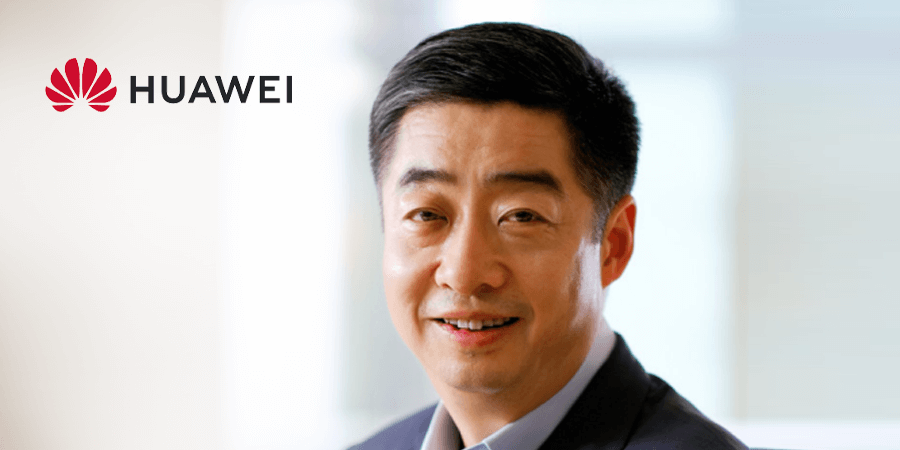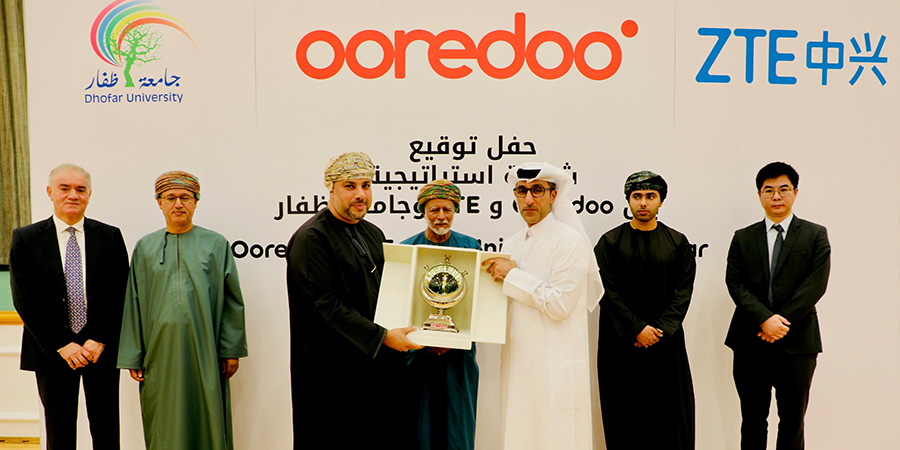Qualcomm Incorporated announced that its subsidiary, Qualcomm Technologies, Inc., has introduced three new next-generation Qualcomm Snapdragon processors: the Snapdragon 625, 435 and 425. These new processors are designed to deliver some of the latest premium-tier user experiences, using custom-developed technology including camera, video, gaming and connectivity to the broader smartphone ecosystem.
All of these new Snapdragon processors incorporate advanced technologies including support for LTE with carrier aggregation, Snapdragon All Mode, support for 802.11ac with MU-MIMO, dual camera image signal processors (ISPs), Qualcomm TruSignal technology for improved call reliability, Qualcomm Hexagon DSP for power efficient audio with sensor hub - meeting Android M sensor requirements, Qualcomm Quick Charge, and a comprehensive reference design. Moreover, the Snapdragon 435 and 425 are pin compatible with each other and with the Snapdragon 430. Snapdragon 635, 435 and 425 are software compatible.
""We develop all of our processor technologies with scalability in mind, so that we can quickly and cost effectively accelerate the availability of premium tier capabilities within the rest of our portfolio of Snapdragon processors, making superior user experiences more accessible to a broader range of consumers,"" said Alex Katouzian, senior vice president, product management, Qualcomm Technologies, Inc. ""This approach allows us to quickly expand our custom feature development, rapidly deploy compatible software across tiers, and enhance our ability to integrate application and connectivity solutions with leading user experiences to meet our customers' needs at multiple price points quickly and effectively.""
These next-generation high and low-tier processors in the Snapdragon family are expected to be sampling to customers in mid-2016 and are expected in commercial devices in the second half of this year.



















































